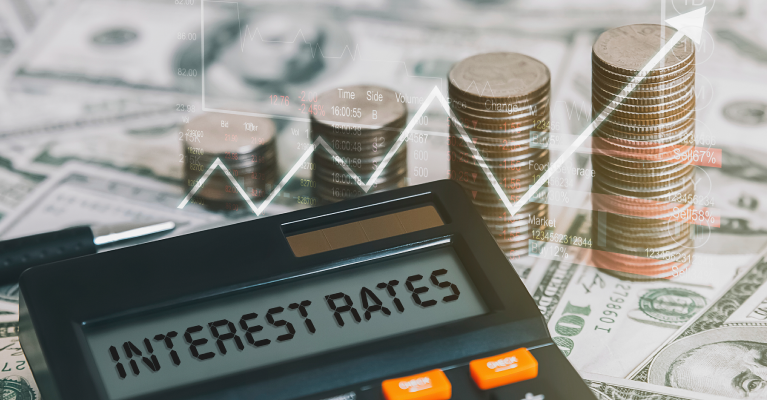When you’re preparing for your financial future, it’s smart to think about what you’ll need for a comfortable retirement. If you’re looking at your options and you want to supplement your income, pay off debts or be ready to take care of unexpected expenses, a reverse mortgage could be a viable option.
Once you’ve turned 62 years old, you may be eligible for a reverse mortgage. A reverse mortgage takes part of the equity you have in your home and provides you with money via a loan that doesn’t have to be paid back until you no longer live there. Instead of paying monthly for your mortgage, you’ll receive payment for borrowing against the equity in your home.
Not everyone who is 62 is eligible though; you must completely own your home or have minimal mortgage payments left that can be paid off at closing with the money you receive from the loan. The house also must be your primary residence. The good thing is that you can never owe more than the value of your home in a reverse mortgage loan. For example, you do not have to pay the difference between your overall reverse mortgage total and the price of your home when you sell it.
You’ll go through a similar process as with any mortgage product, which includes an application, appraisal, underwriting and closing. This loan process typically takes about a month from application to closing. If you’re debating on whether this option is right for you, it’s important to understand the different kinds of reverse mortgages.
Types of Reverse Mortgages
Single Purpose Reverse Mortgages – Offered by some state and local government agencies in some regions, this is the least expensive option. It can only be used for purposes approved by the lender, like home improvements.
Proprietary Reverse Mortgages – This is a loan offered by private entities that allow those with higher-valued homes to obtain more money through the loan.
Federally-Insured Reverse Mortgages – These are also called Home Equity Conversion Mortgages (HECMs). HECMs are created and backed by the federal government and can be used in any way you desire. HECMs and proprietary reverse mortgages are more expensive than traditional home loans and the upfront costs can be higher, but you usually don’t have to face specific requirements with income. You will have the ability to choose among several payment options:
- Term
- Tenure
- Combination
- Line of credit
- Single disbursement
There are many factors that play into how much of a loan you’ll receive. These include your age, the value of your home, the interest rate and if the money you’re requesting is less than the appraised value of your home or under the FHA mortgage limit of $625,500. Usually, the older you are and the more valuable your home is, the more money you can receive. Additionally, your payments could be structured differently based on what kind of preexisting mortgage you have. If you have an adjustable-rate mortgage (ARM), you can choose a lump sum, fixed monthly payments, a line of credit or a combination. A fixed rate mortgage means that you can only receive a lump sum payment.
When investigating potential financial avenues for retirement, make sure you weigh your options heavily because a reverse mortgage is a big decision. If you think a reverse mortgage could be the right move for you, contact a WSFS Reverse Mortgage Loan Officer.

Helping you boost your financial intelligence.
Read our financial resources from your friends at WSFS.




